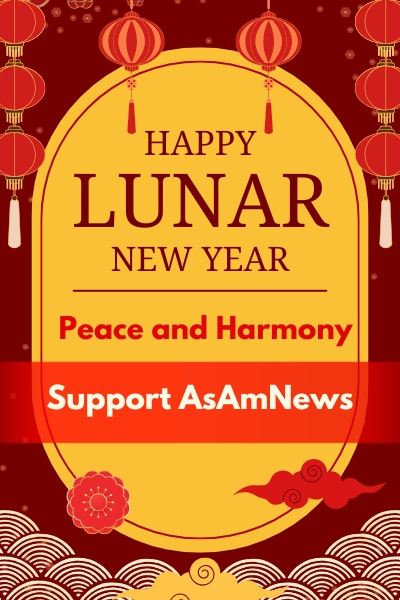
Segregation at the grocery store? Bias on aisle 4? Discrimination in produce? Celebrity chef David Chang has a beef with the practice of separating Asian foods from the rest of the store.
When I go to my local Island Pacific or Ranch 99 supermarket, there’s no aisle reserved for White peoples’ food or Black or Latino peoples’ food. Spices from all over Asia and Europe are on the spice rack; American-grown Cal-Rose rice is stacked next to the Jasmin rice from Thailand and India’s basmati grains; and orange juice from Florida shares the cooler with mango juice and coconut water.
Yet in most mainstream American supermarkets, there’s the ethnic food aisle or section where you can find soy sauce and Picante sauce; along with ramen and tortillas.
“If you go to the ethnic food aisle, that is sort of the last bastion of racism that you can see in full daylight in retail America,” said Chang, the man at the helm of the Momofuku dining empire, on his podcast this summer. “It is something that’s got to go.”
The underlying message of this grouping of foods is that these are the food of the “others,” those who are not true Americans, implies Chang.
Sometimes known as the “international” food aisle, or even “Asian” and “Latino” aisles, these rows can come across to the shoppers they seemingly target as de facto segregation, another kind of “separate but equal” policy that marginalised African-Americans for generations.
“All the foods in the ethnic food aisle are already accepted. So why do we even have them?” Chang asks. The aisles, he adds, are an echo of “1950s America, which was not a particularly good place to be, especially if you were Asian.”
Others argue that its a matter of convenience. Having similar food items clustered together allows the customer to find all the ingredients they need (or, the pre-packaged spices) without going up and down the aisles of the modern supermarket.

Change comes slowly. Plantains, ginger and bok choy are in the produce section, peanut oil is next to the Canola oil and olive oil and recently, I noticed my grocery store started selling frozen lumpia, choosing to put the Filipino egg roll among the frozen vegetables.
But I see what Chang is saying. During Filipino American history month in October, what we are really demonstrating is that Filipino American history is really part of the American story and should be taught throughout the year, not just one month of the year.
This Oct. 12, for example, we shouldn’t teach that Columbus “discovered” the Americas. People and civilizations were already thriving here. Filipinos stepped on North American shores long before the Pilgrims landed on Plymouth Rock.
“All the foods in the ethnic food aisle are already accepted. So why do we even have them?” Chang asks The Washington Post. He recalled shopping in the “ethnic” aisle growing up as the child of immigrants and how it signaled to him that he was viewed as an outsider. “We were always going to be different,” Chang said. “We were never going to be accepted.”
AsAmNews has Asian America in its heart. We’re an all-volunteer effort of dedicated staff and interns. Check out our new Instagram account. Go to our Twitter feed and Facebook page for more content. Please consider interning, joining our staff or submitting a story

